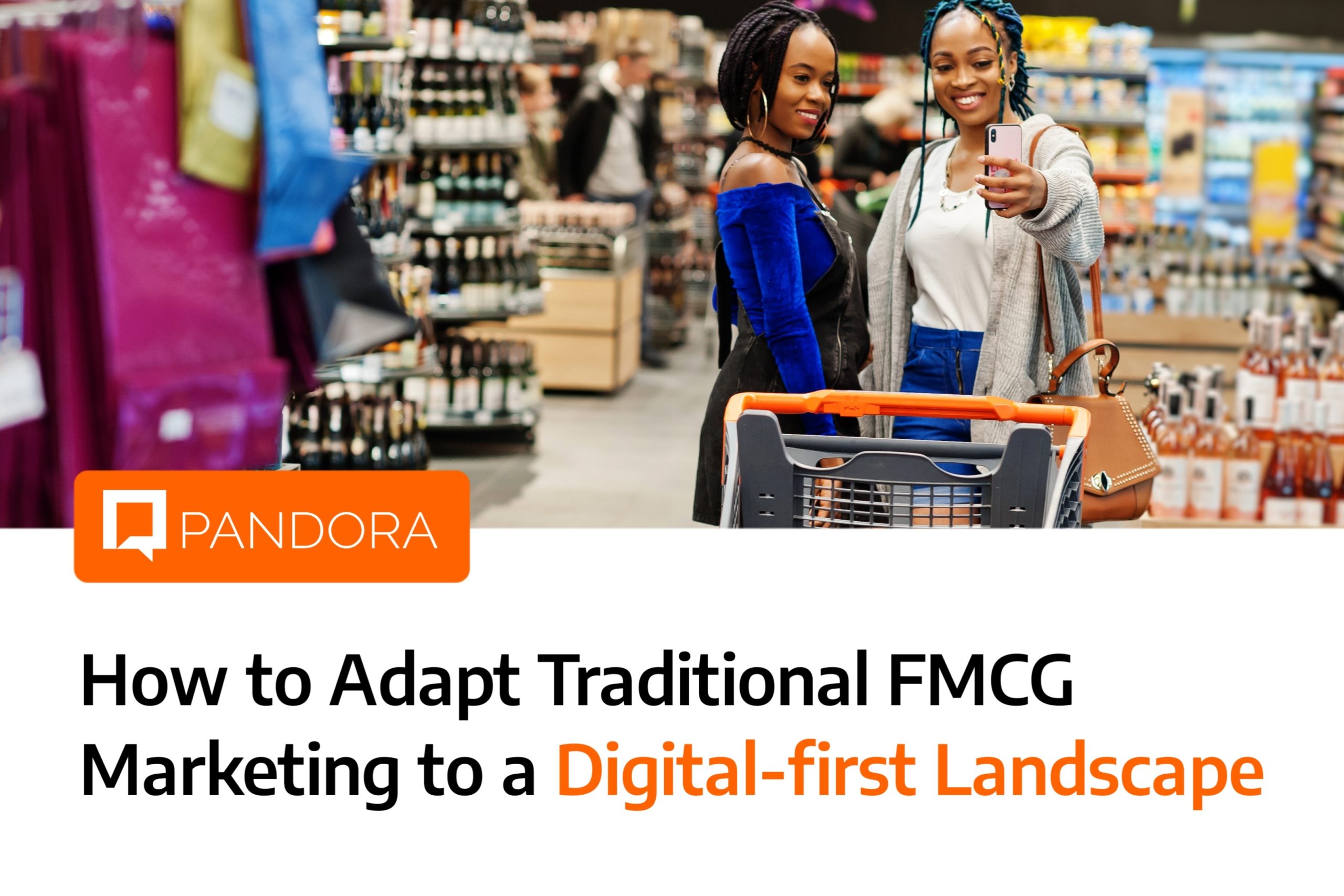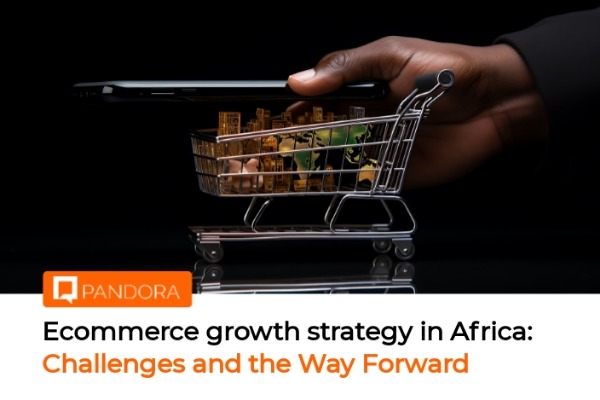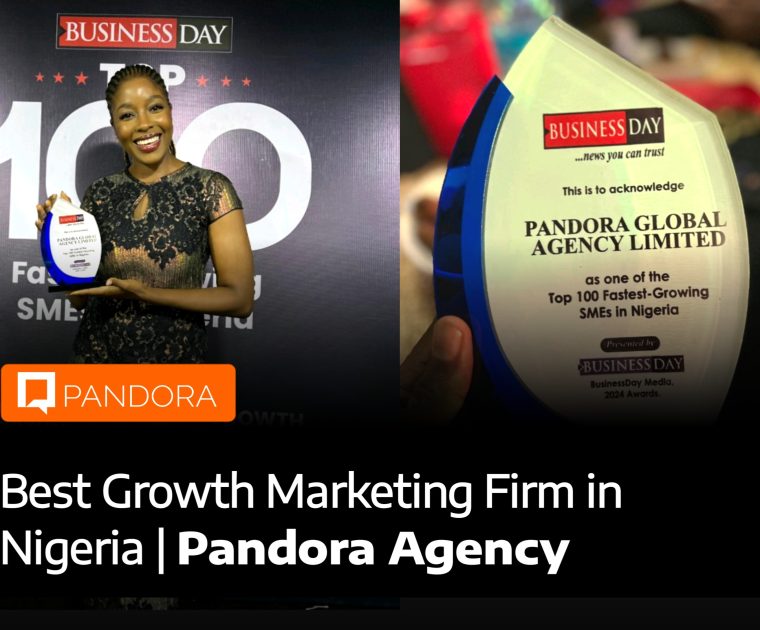Back in the day, FMCG marketing strategy was focused on mass appeal; think catchy jingles on the radio, bold TV ads during family shows, and eye-catching posters in local stores.
It was a one-way conversation: brands shouted, and consumers listened. Remember Coca-Cola’s classic “I’d Like to Buy the World a Coke” ad in the ’70s? That heartwarming jingle wasn’t just a song; it turned Coke into a symbol of unity and happiness around the globe, without needing a single tweet or influencer post.
Times have changed; big time. We’re now living in a digital world where people are glued to their phones, scrolling through content more than ever before.
Over 60% of the global population is on social media, and younger folks? They’re practically living online. According to AMIC, we’ve already passed the mobile tipping point; only Japan still hangs onto traditional media longer than digital.
It’s mostly an age thing; older markets with high internet access still hold on a bit, but the shift is clear. And get this: Backlinko reports that social media users skyrocketed from 970 million in 2010 to a whopping 5.24 billion by January 2025.
So, it’s no surprise that businesses, including FMCG brands, have followed the crowd online. In this piece, we’ll dive into how FMCG companies can thrive in this digital-first world.
Understanding the Digital Shift in FMCG Marketing Strategy
With the digital world booming, more brands are stepping up their online game; and FMCG is no exception. The shift from billboards and TV spots to e-commerce, social media, and digital ads is in full swing as companies look to meet customers where they’re spending their time.
In fact, a recent survey showed that 75% of FMCG companies now see digital transformation as a top priority. And it makes sense; today’s shoppers are doing their homework online, comparing options, and making purchases with just a few taps.
That’s why digital marketing strategies like content marketing, influencer partnerships, and mobile-first designs are becoming the norm.
Traditional FMCG marketing still has its place, but the real magic happens when brands blend the old with the new through an omnichannel approach.
Difference Between Traditional and Digital FMCG Marketing
Traditional FMCG marketing strategy relies on TV, radio, newspapers, and billboards to get the message out.
Digital FMCG marketing strategy, on the other hand, taps into social media, websites, email, and search engines.
It’s more targeted, measurable, and allows for personalized, real-time engagement.
Here are five key differences to note:
1. Channels
Traditional marketing uses offline media like newspapers, TV, and magazines. Digital marketing thrives on platforms like Instagram, Google, and email newsletters. The difference? One broadcasts to many; the other speaks to the right ones.
2. Audience Reach
Traditional methods aim for mass visibility, which is great for brand awareness but not always precise.
Digital lets you zero in on specific groups based on age, interests, location, and more.
So, you’re not just reaching people; you’re reaching potential buyers.
3. Measurability
With digital, you can track clicks, conversions, and even customer behaviour in real time.
Traditional campaigns lack that clarity. You may notice more sales, but you can’t tell exactly why.
Did the ad work, or was it just the holiday rush? Digital gives you the answers.
4. Interaction Level
Digital encourages direct conversation, such as comments, shares, and DMs. Traditional is more of a monologue; you talk, consumers (hopefully) listen. For example, that classic Dettol line in Nigeria, “If I don’t take care of you, who will?” stuck with me, but did it drive sales?
5. Cost-effectiveness
Digital lets you spend smart, only paying when someone engages, like in pay-per-click ads. Traditional often means upfront costs, with no guarantee of return.
Bottom line: digital makes it easier to stretch your budget and still hit your target.
How to Shift from Traditional to Digital FMCG Marketing
Here’s your FMCG marketing strategy in sum: leverage social media, e-commerce, SEO, content marketing, and data-driven insights.
Build customer-centric experiences using the right digital platforms and adopting omnichannel approaches to engage today’s tech-savvy consumers and stay ahead of evolving FMCG marketing trends.
Pick the Right Social Media for Brand Awareness
In the world of FMCG marketing, not all social platforms are created equal. Facebook is great for community vibes, Instagram nails visual storytelling, while TikTok and Snapchat are goldmines for younger audiences. Pinterest works wonders for aspirational content, and YouTube leads with video power.
Follow the Trends, Then Engage
Once you’ve chosen your platforms, don’t just post; connect. Share content that speaks directly to your audience’s lifestyle, needs, and interests. Use data to personalise it.
A good example? Chi Limited (now part of Coca-Cola) makes lactose-free milk and can use content to help consumers struggling with digestive issues. Think tips, fun quizzes, relatable reels and maybe a collab with a wellness influencer.
Let E-commerce Do the Heavy Lifting
Make it easy for customers to buy online. That means having a smooth online store, partnering with platforms like Amazon, and optimising everything, from product pages to checkout.
Use AI and analytics to understand your buyers’ habits and fine-tune the experience. A happy click leads to a quick conversion.
Always Keep the Customer at the Centre
The best brands are customer-first. Create content that helps, entertains, or solves a problem. Offer loyalty programs, send personalised emails, and yes, embrace AI for faster customer support through chatbots.
Content is King, SEO is Queen
Smart content marketing does more than inform; it builds trust. Use it to guide potential buyers through their journey with helpful blogs, how-tos, and product tips.
Pair it with SEO so your brand shows up right when they’re searching. As search becomes more conversational and social-driven, adopt a “search everywhere” strategy.
Data is Your Digital Compass
Want better results? Let data guide you. Use insights from platforms like Google Ads and Facebook Ads to see what works, retarget smartly, and make budget-friendly decisions that drive real ROI.
FMCG Marketing Trends: Who’s Getting It Right?
Nestlé
Nestlé’s digital game is strong. By focusing on privacy, personalisation, and constant experimentation, the brand built meaningful consumer relationships. Today, it’s one of the world’s most valuable companies.
Unilever
Unilever’s secret? Speed and smarts. With 23,000 staff trained in AI and an agile supply chain, it’s using data and tech to serve consumers faster and smarter across the globe.
P&G
P&G doubled down on upskilling, AI, and a future-ready supply chain. The result? A business that not only keeps up with change but drives it, always with the consumer in mind.
Coca-Cola
With 1.9 billion daily servings, Coca-Cola still rules. Its digital strategy blends SEO, content, and social; meeting people where they scroll. From Facebook to YouTube, it’s all about staying close to the consumer.
Final Thoughts
The digital shift isn’t just a trend; it’s the new normal. And FMCG brands that want to stay relevant need to move with it.
From social media and e-commerce to personalised content and data-driven strategies, now’s the time to go all in on digital, because that’s where your customers already are.






Leave a Reply